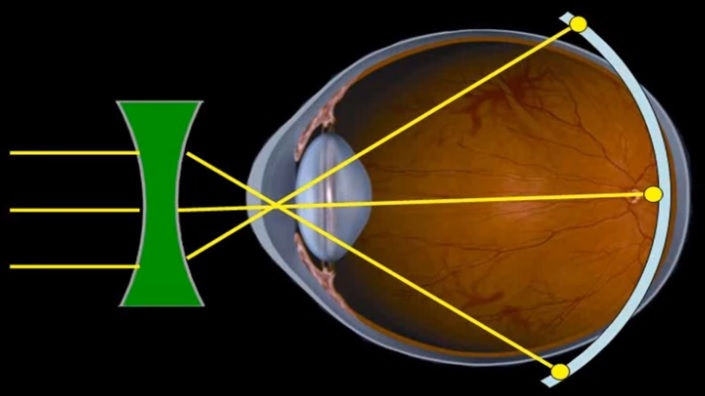Myopia Control: The New Epidemic Affecting Vision
- Janey Yee

- Oct 17, 2018
- 2 min read

Myopia, or near-sightedness, is a focusing disorder that causes blurry distance vision. A characteristic of myopia is that it typically worsens during the childhood and teenage years, however, with growing technology, eye care professionals are finding myopia becoming an issue at an earlier age.
With myopia starting in early childhood, it can progress to moderate or high degrees in teenage or early adult years and therefore increase the risk of serious eye conditions such as retinal detachment, glaucoma, and myopic maculopathy.
How do we reduce the risk of high myopia? How do we slow down myopia progression or control it?
Recent research has been focusing on the cause of myopia in order to slow the rate of myopia progression. Major factors contributing to myopia are:
Excessive near work--our eyes will remain fixated up close when we do a lot of near work for long periods of time
Genetics--children who have parents that are near-sighted are most likely to develop myopia

Hyperopic (far-sighted) blur on the peripheral retina--when peripheral light rays hit the eye, they focus behind the retina. Focal points behind the retina act as a stimulus for the eye to elongate or grow so it can get those focal points onto the retina.
Majority of myopia control strategies aim to push the peripheral light rays and their focal points forward onto the retina to stop the eye from growing/elongating and therefore slow down myopic progression.
This is the scientific basis for using MiSight 1-Day soft contact lenses, MyoVision spectacle lenses, and Orthokeratology hard contact lenses to control myopia.
It is important to understand that myopia control techniques cannot reverse myopia. The aim is to slow the rate of myopia progression, or ideally stop progression altogether. It is also important to understand that the effectiveness of myopia control strategies will vary between individuals.
For more information or if you're concerned with your child's myopic progression, visit your optometrist to explore all options appropriate for your child.




Comments